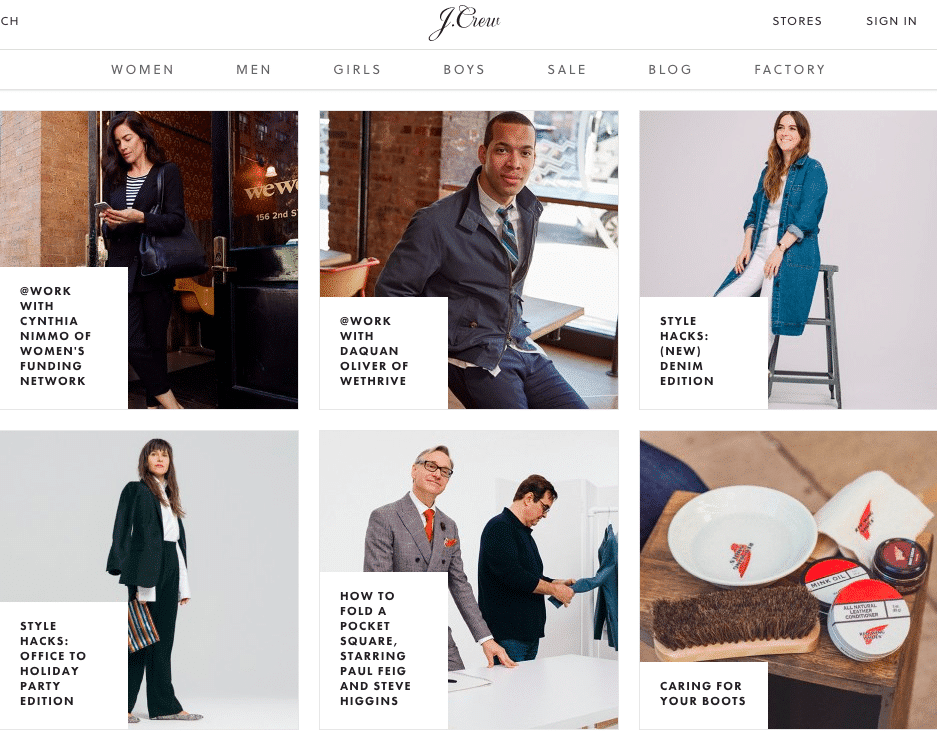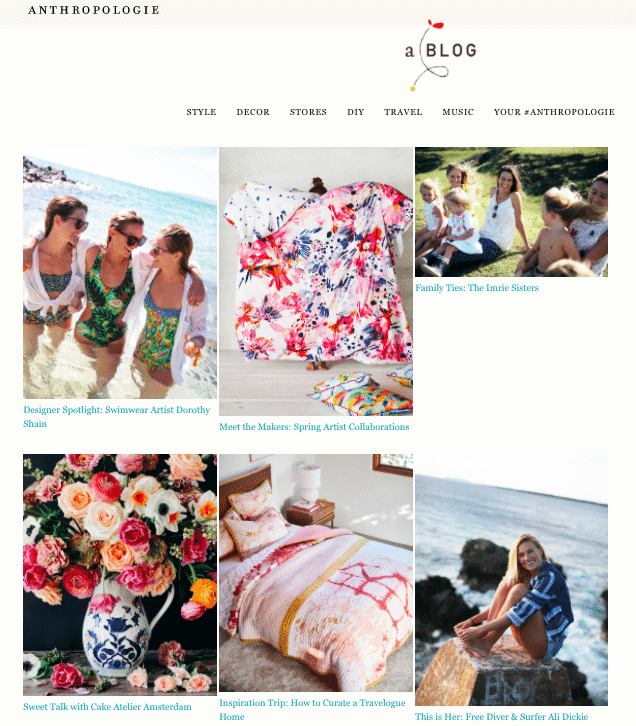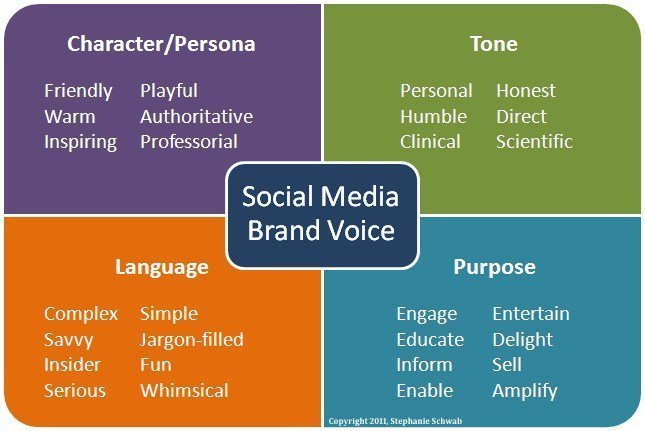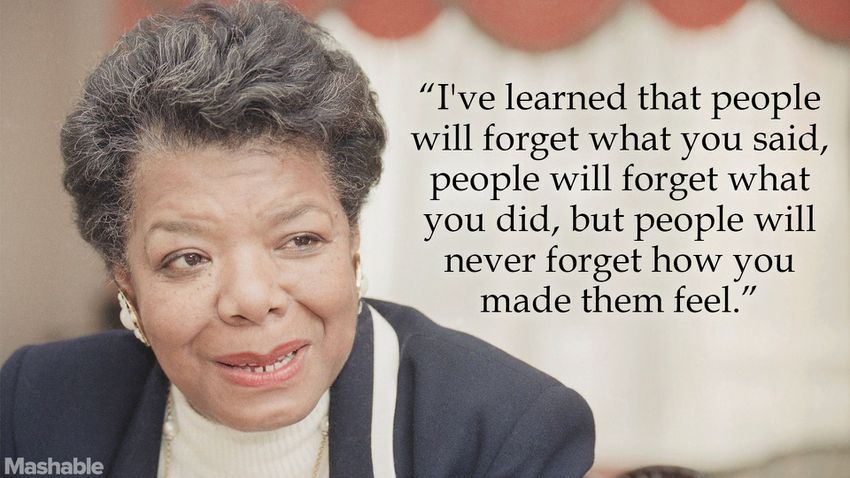How to Find Your Brand Voice
J.Crew and Anthropologie are two very similar chain store brands. Yet each of them have their own, unique approach to how they communicate with their audiences.
It is not the companies themselves who are the heroes in these examples – it is their target groups. J. Crew and Anthropologie act as mentors who respond to the growth needs of their audiences. On the one hand, J. Crew is the detective who uncovers the people behind the scenes, using detailed language and a clear focus. Thus, he responds to the need for perfection. On the other hand, Anthropologie speaks of the magician, who dreamily and playfully reveals the beautiful and undiscovered.
Although the model of the mentor-archetypes is already widespread in branding, often it remains superficial. After all, not every magician has the same tricks up his sleeve.
Klicken Sie auf den unteren Button, um den Inhalt von giphy.com zu laden.
Klicken Sie auf den unteren Button, um den Inhalt von giphy.com zu laden.
Klicken Sie auf den unteren Button, um den Inhalt von giphy.com zu laden.
And not all detectives investigate in the same way.
Klicken Sie auf den unteren Button, um den Inhalt von giphy.com zu laden.
Klicken Sie auf den unteren Button, um den Inhalt von giphy.com zu laden.
Klicken Sie auf den unteren Button, um den Inhalt von giphy.com zu laden.
Setting the Tone
On social media, millions of companies talk to their customers in one way or another. For brands, this means shaping their mentor archetypes into a unique character and giving them their own voice. Finding the right tone, however, is a complex undertaking. Here are just a few of the most important aspects of how to determine a brand voice:
Character / Personality
If a brand were a person or a character, what specific attributes would it have? If it were a car / magazine / public personality / music genre, which one would it be? In a workshop for social business, a participant told me that she connects Beyoncé, as a character with her brand. At first, she thought it was a nonsensical idea, however she soon noticed that using a concrete person as a comparison is much better than a vague archetype. In principle, the founder can check every decision she makes about how she wants to present her company to the outside world with WWBD – „What would Beyoncé do?“
Klicken Sie auf den unteren Button, um den Inhalt von giphy.com zu laden.
Language & Tonality
What is the general mood of the brand? What words does it choose to use in social media conversations? These two aspects are difficult to separate.
For a company driven by innovation for example, a more traditional tonality in its mission statement or in their daily e-mails sent to customers, is out of place. At the same time, it can decide whether to use a predominantly technical jargon, or rather a more inspiring, intelligible language.
The use of language and tonality is also closely related to the natural character of the brand and above all the creators behind it. If the team does not have a strong sense of humor, you should not try to make the brand look fun. Who is supposed to come up with all the jokes? Bad attempts at humor make people feel uncomfortable rather than relaxed. This can have a worse effect on the perception of a brand than a dry, but more credible tonality.
An easy way to find linguistic guidelines is to take a look at the already existing communication throughout social media, on the website, in e-mails etc. This is a good basis for finding the most important adjectives that can be used to describe brand language and tonality. These can then be broken down further and illustrated with examples.
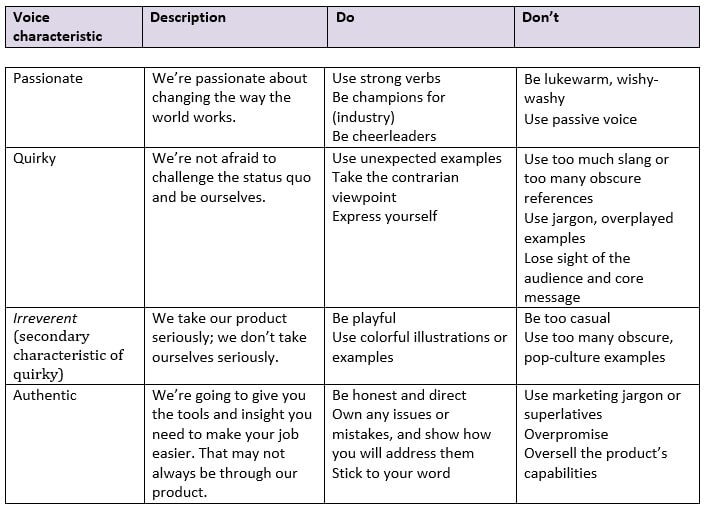
Purpose
Why is the brand using social media? If it were a person, what is its relationship to the consumer? A coach, a friend, a teacher or a father? This dimension is very strongly oriented towards the higher mentor type and its focus on certain growth needs.
Tech-Companies Set a Good Example
Once character and voice have been found and further defined, the next challenge is to express them consistently within the company. Here, “tone guides“ or “brand books“ provide an opportunity for orientation. Skype, Mozilla, Buffer and above all Mailchimp have presented and, fortunately for us, published some very successful examples.
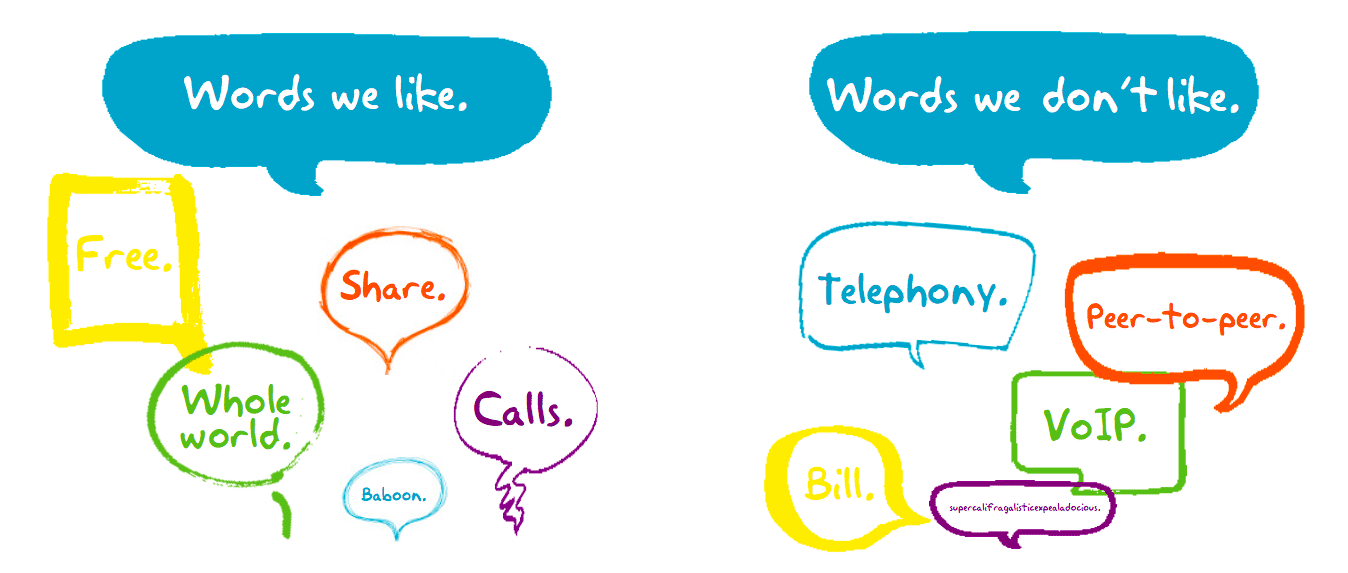
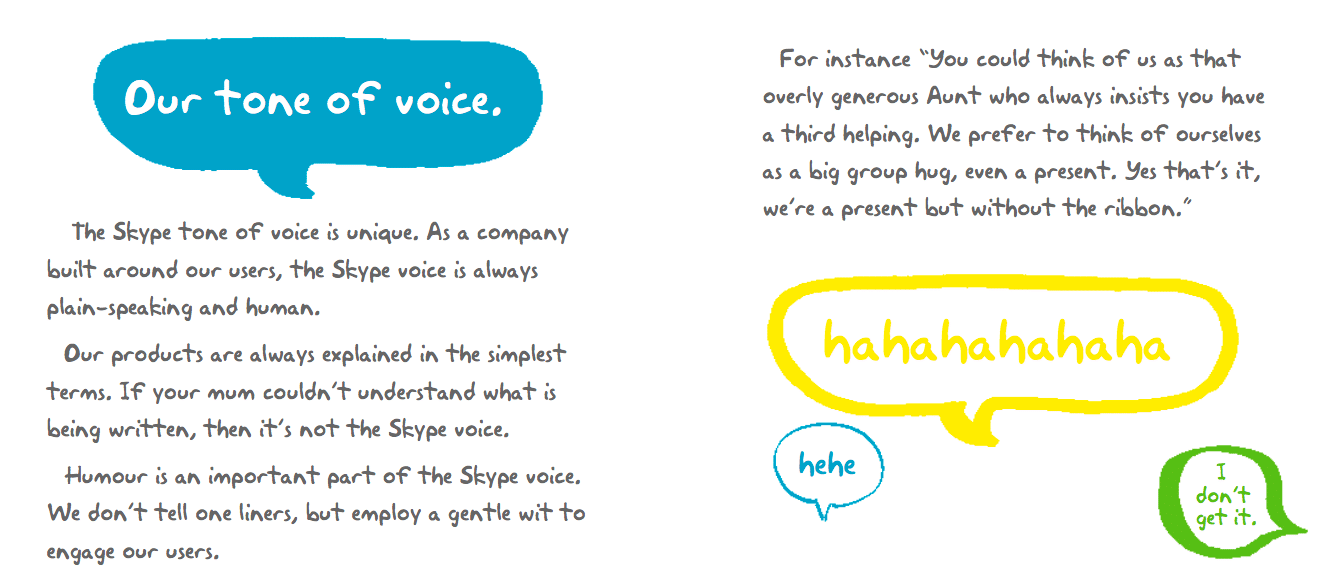
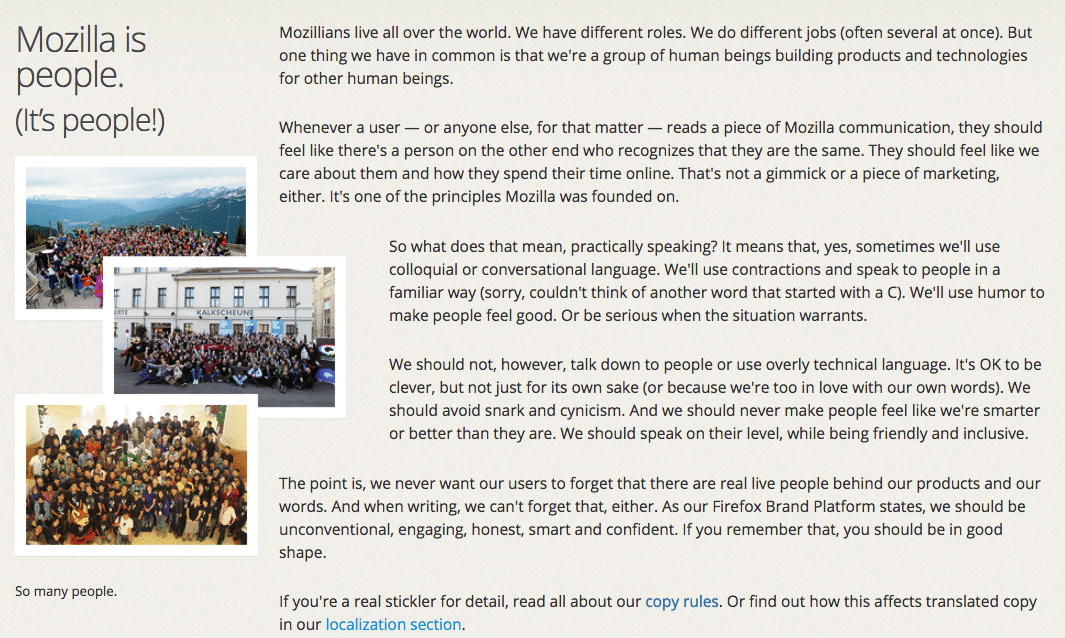
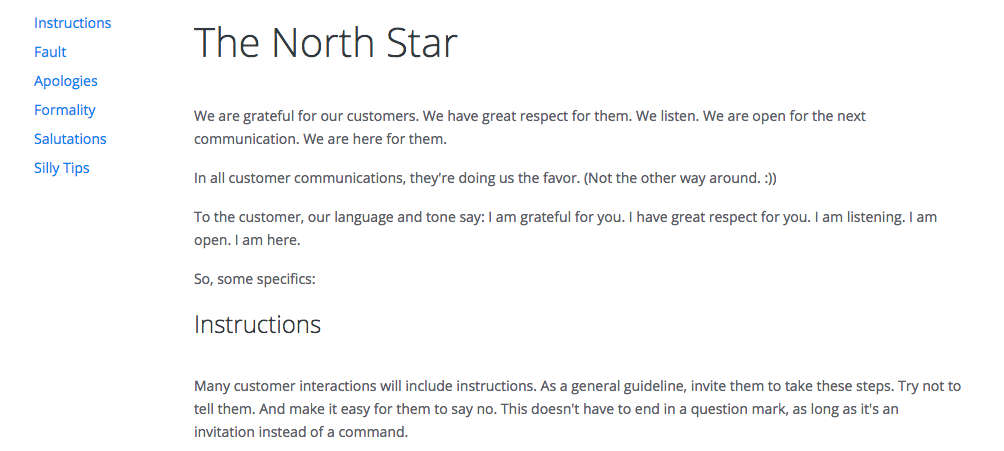
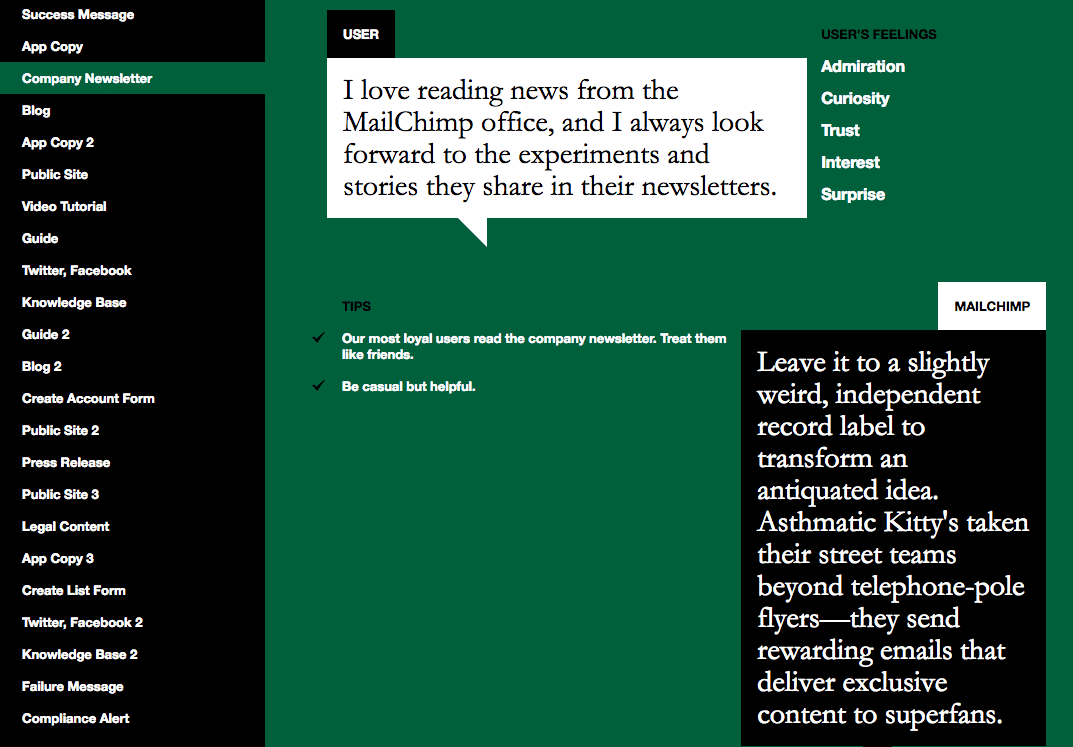
Downloads: Skype, Mozilla, Buffer, Mailchimp
To sum it up with the words of the writer Maya Angelou:
Share this article
Related articles

8 April 2025

